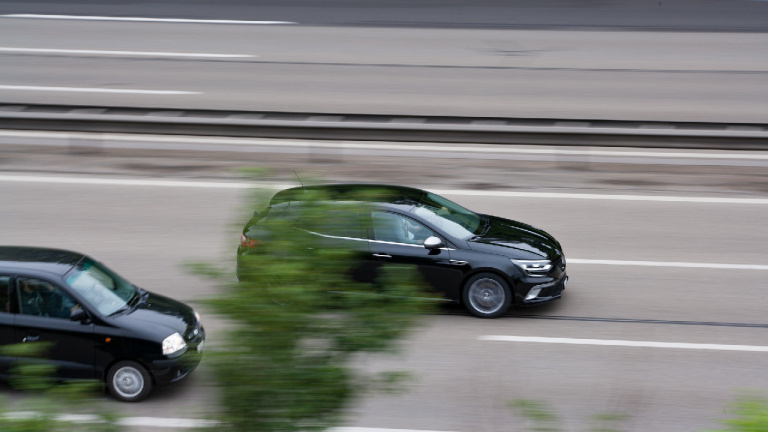News JVTech France is testing a new type of radar that won’t please everyone
Share :
Between security and the maintenance of order, the radars that litter French roads will not find unanimous support, especially when new systems are about to be installed. The metropolis of Lyon should serve as an example of a very special type of radar that should provide a topic of conversation.
Ride-on lanes that raise questions
Expressways for the busiest vehicles are relatively common in large cities. Cities like Lyon or Grenoble have set up their own carpool lanes to encourage the use of shared transport
Although this is not the case in France, certain lanes can be separated by a median or road markings, making infringements much more complex, for the simple and good reason thatA patrol can be mobilized to monitor entrances and exits. In this case, the controls are much easier to implement, but otherwise it’s much more complicated, especially when little jokers are having fun Put mannequins in the front seat.
The advantage of these routes is obvious : With little money, you can get an exclusive expressway that encourages the use of car-sharing vehicles. But the downside is also obvious. : Because there is no physical separation, drivers can come and go as they please, even when it’s not allowed.
Thermal radars will appear in France
Photo credit: Pixabay

As we explained to you above, Lyon was one of the first cities to introduce this system in 2020. The principle was simple, in the agglomeration a few kilometers away Signs facing the M6 and M7 city roads showed a white diamond on a black background above the left lane. This meant that only cars with two or more people on board, taxis, buses and zero-emission vehicles were allowed to drive there. But the reality was different… Although fines will start raining down from 2022, the ease of boarding and alighting has prompted many drivers to break the rules. But obviously The joke has dragged on long enough.
The capital of the Gauls was indeed chosen to launch a pilot project with numerous radars. Thermal radars will now detect the number of passengers aboard each car. Jean-Charles Kohlhaas, the region’s vice-president responsible for travel, explained Figaro that is the expected efficiency of these new radars 96%. The arrival of these devices is scheduled for the second half of 2023 and must therefore certify the number of people traveling in a vehicle, even if it is equipped with tinted windows. If the test is conclusive, we could see them appearing in other cities adopting this street type very soon.








